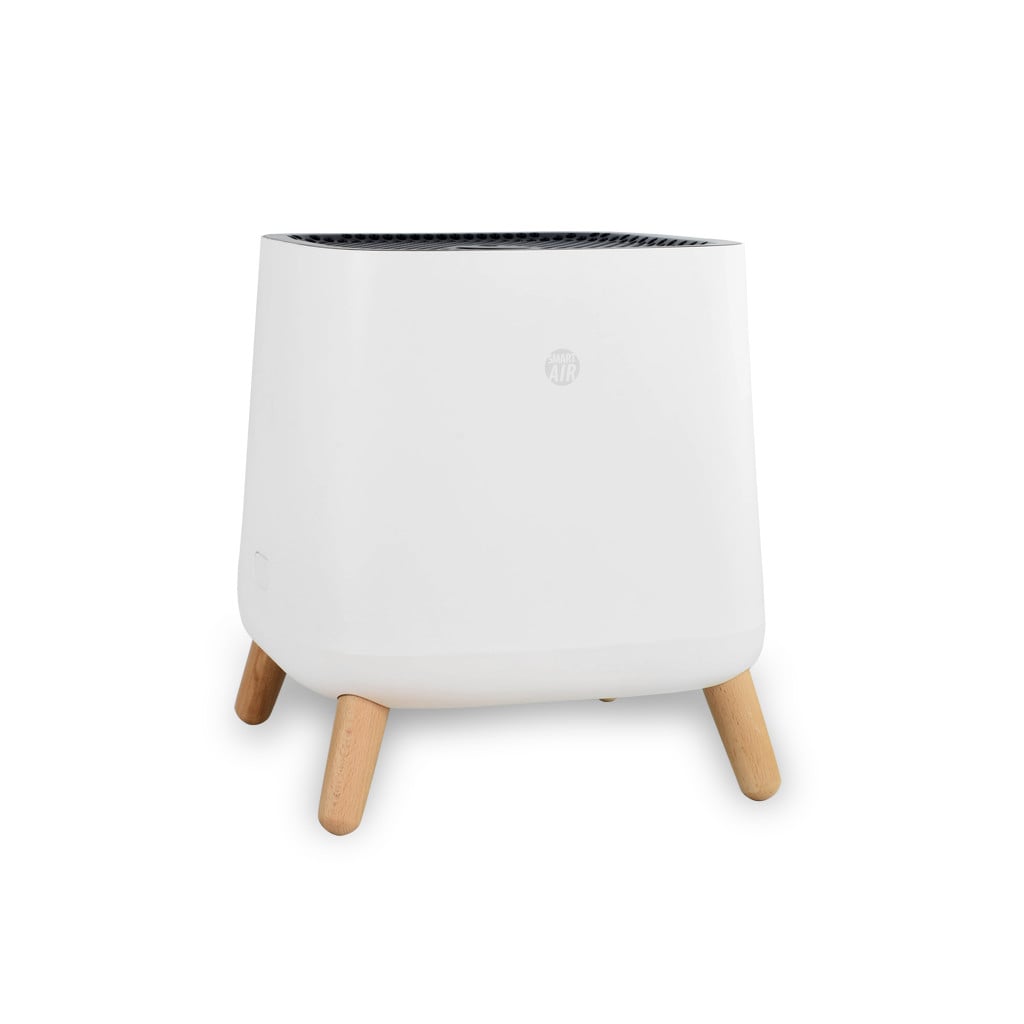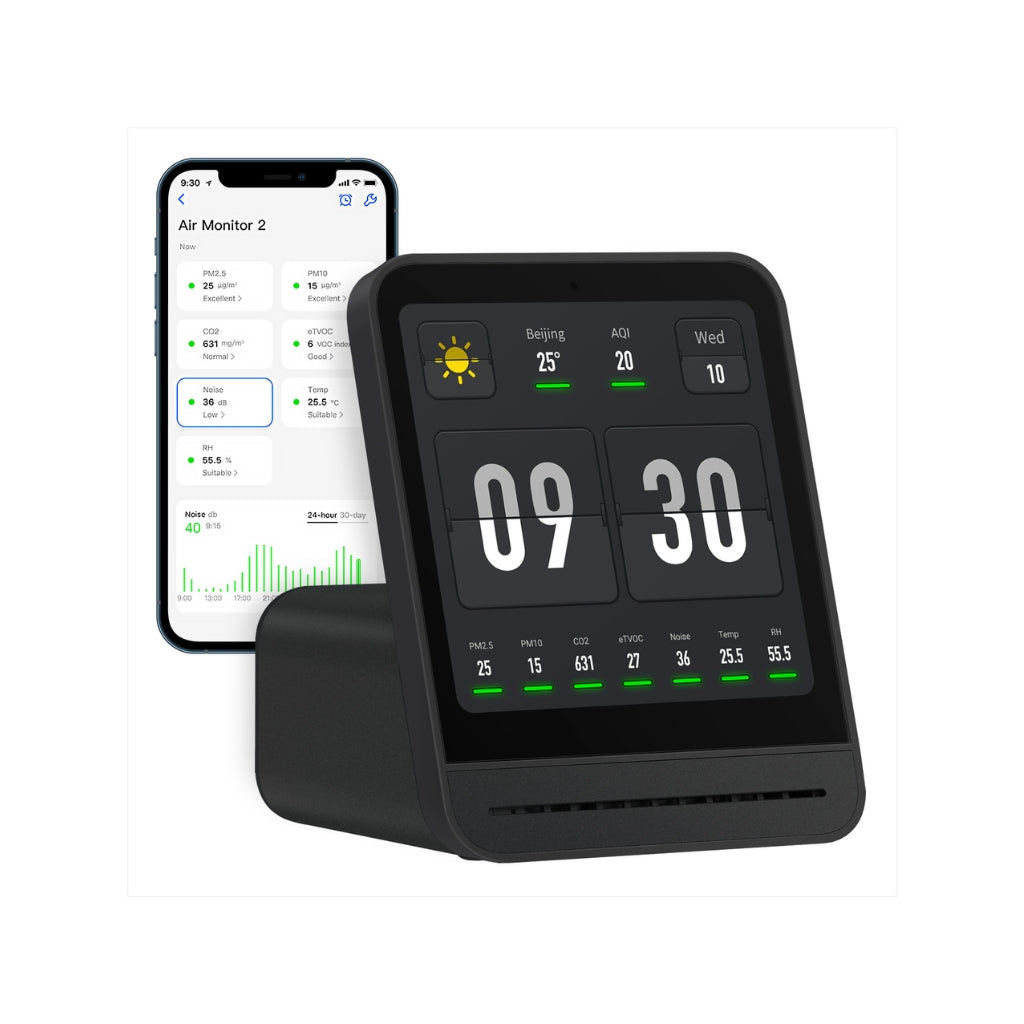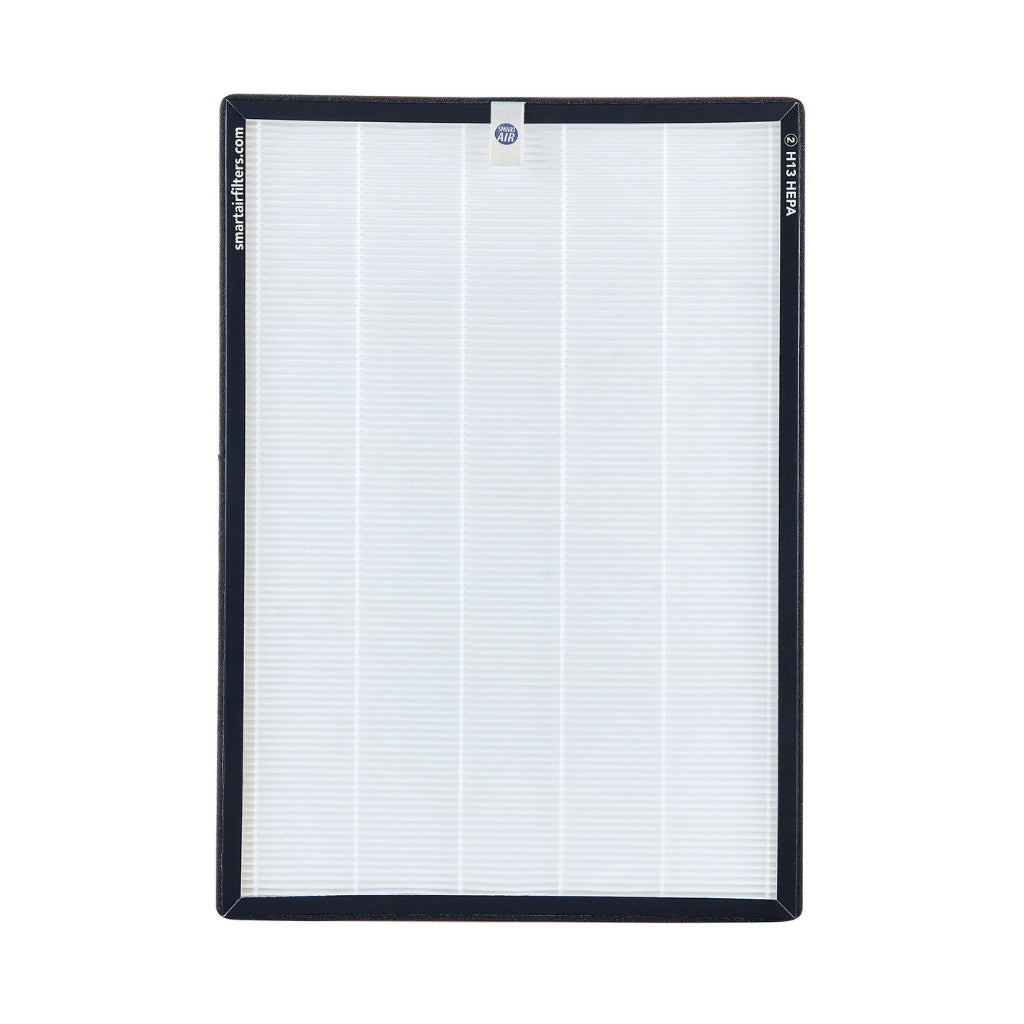
Unmasking the Winter Air Quality Issue in New Zealand
Air quality is an essential but often overlooked aspect of our well-being. In New Zealand, many remain unaware of how winter weather can profoundly affect the air we breathe.
The Unseen Winter Culprit
Winter air pollution in New Zealand is mainly shaped by weather patterns and heating choices. In the colder regions, while less common than previous years, we still see fireplaces being used for warmth. These emit particulate matter; tiny harmful particles into the air we breathe.
Even though recently there have been tightened standards as far as emissions from these, they've focused on reducing the larger PM10 particles. The levels of PM2.5 seen in the air however, frequently exceed WHO recommendations.

Inversion Layers: A Winter Phenomenon
The New Zealand climate significantly influences air quality. In winter, many areas experience cold, still nights. These conditions, along with geographical features like mountains, create 'inversion layers'. This traps cold air and pollutants close to the ground, boosting harmful particle levels. We commonly see these occur in valleys and parts of Canterbury, Otago, Southland and Marlborough.
Inversion layers occur when a layer of warm air sits on top of cooler air. This is the reverse of what we normally see where air gets cooler at higher elevations. This "lid" traps pollutants, contributing to higher PM10 and PM2.5 concentrations.
PM10 and PM2.5 are particulate matter, or tiny particles in the air. PM10 particles are less than 10 micrometres in diameter, and PM2.5 are smaller, less than 2.5 micrometres. The tiny PM2.5 particles are concerning, as they penetrate deep into the lungs and bloodstream.

Health Implications of Poor Air Quality
Air quality influences our health. Both PM10 and PM2.5 pose health risks. The smaller PM2.5 particles, which can infiltrate our respiratory system, exacerbate conditions like asthma and COPD and can contribute to heart disease and lung cancer development over time.
The World Health Organization states PM2.5 exposure can lead to respiratory and cardiovascular issues, hospital admissions, and mortality from cardiovascular and respiratory diseases and lung cancer.
Understanding air quality's link to health is vital, especially for those in colder New Zealand regions, where winter pollution can be harmful. Pollution levels in these areas can reach unhealthy and even very unhealthy levels at times.

Measures to Improve Air Quality
As we gear up against winter cold, we can also protect ourselves from air pollution.
Monitor the Air Quality
Understanding the air quality in your area is important. In many countries checking the air quality is as common a task as checking the weather.
Monitoring can help us make informed decisions about when to go outside and for how long during poor air quality periods. LAWA (Land Air Water Aotearoa) has a great air quality dashboard which can tell you more about the trends in your area. For live air quality monitoring check out the aqicn website.
It can also help to monitor your indoor air, as outdoor pollutants can seep into your home. Personally, I found in my Christchurch home that during cold winter nights the air inside my home would often reach unhealthy levels due to the pollution.
Want to check if the same happens to you? We have affordable and high accuracy air quality monitors available on our website.

Air Purifiers and Filters
Quality air purifiers can remove harmful particulate matter from your home's air. Opt for purifiers with HEPA filters to remove PM2.5 particles. We provide a range of proven, affordable and effective air purifiers from Smart Air.

Clean Heating
Cleaner heating options can improve air quality. If possible, consider shifting from wood burners to cleaner heat pump options.
Wrapping up
Awareness is the first step in enhancing our winter air quality. The more we understand, the better we can protect our health and communities. Stay informed, take action, and breathe easier this winter.






























